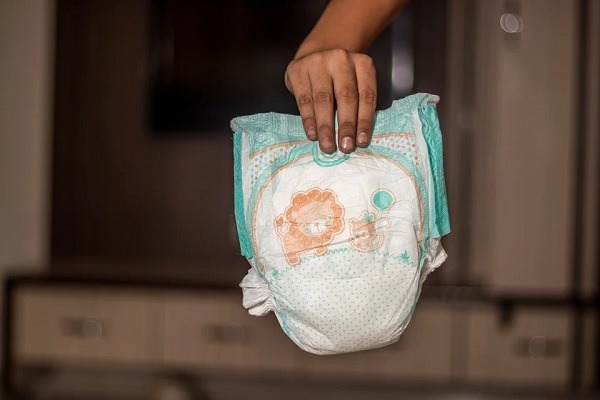Babies are always wetting the bed at the wee hours of the day, at a time when most adults are fast asleep. They could get cold if their bedding and diapers are not changed in time. To avoid such situations, the new technology has revolutionized the incontinence bed pads, that can be put on the baby’s bed in the crib, and if the baby sleeps with the parent, it could even be laid on the bed in the area where the baby sleeps.
Incontinence bed pads are also available to adults, as there is a stigma attached to the incontinence condition. It is for everybody to know that such a condition does exist and there is no shame in having it and investing in incontinence bed pads and mattresses to better their lifestyle. Most older people, who are above the age of 60 tend to experience this condition. This could arise due to ageing and the body changing, and it is nothing to be ashamed about.
The Incontinence Bed Pads and Mattress protectors 101 guide
- Disposable and Reusable Bed Pads: There are 2 kinds of bed pads; disposable and reusable. As the name states, the disposable pads are for one-time use only and are made from fabric that is slightly lesser in resistance and compared to its counterpart. These pads are to be purchased for situations where there is no option to wash the bed pad. Reusable pads are often slightly more expensive as compared to disposable ones, but that accounts for their quality and their better resistance to water and liquids. It is worth investing in to save money in the long haul, not just that, it is also very environment-friendly as the consumer can wash it and reuse it as per their convenience.
- Bed pads that are waterproof: Many bed pads are there just to protect the bed for a short duration, and these are not effective, as eventually if the use is prolonged, it can inevitably wet the bed. The top quality bed pads are super-water resistant, and they come in various sizes ranging from 34 x 36 inches to 36 x 72 inches. This is such an excellent alternative to investing in a huge water-resistant mattress.
- The comfort of the Pad: Another important thing to consider is how comfortable the bed pad is when being used. If the material is very uncomfortable, there are chances that a rash could be the consequence of constant use. It is better to look for softer fabric as it is far more comfortable to use.
How to take care of Bed Pads
- There are many ways a bed pad can be washed, either washed in a machine or by hand depending on the instructions for each kind of protector.
- It is always advised to wash the mattress protectors and bed pads after every use, just to keep it sanitary.
- It is always better to wash the protectors with lukewarm water or cold water, as washing with hot water most of the time makes the stain hard to remove.
- Do not use fabric conditioners or bleach to wash them, as they can probably affect the absorbency of the material and reduce how effectively it absorbs the liquid.
- Always let the pads dry in the sun as the rays help kill bacteria and help maintain the sanitation of the protectors when being reused.
- Make sure to always keep extra pads around to be able to give the washed pads time to dry, such that there is a replacement to use in case of an emergency.
Author Bio
Hannah Gilbert is a freelance writer who offers to ghostwrite, copywriting, and blogging services. She works closely with B2C and B2B businesses providing digital marketing content that gains social media attention and increases their search engine visibility.

